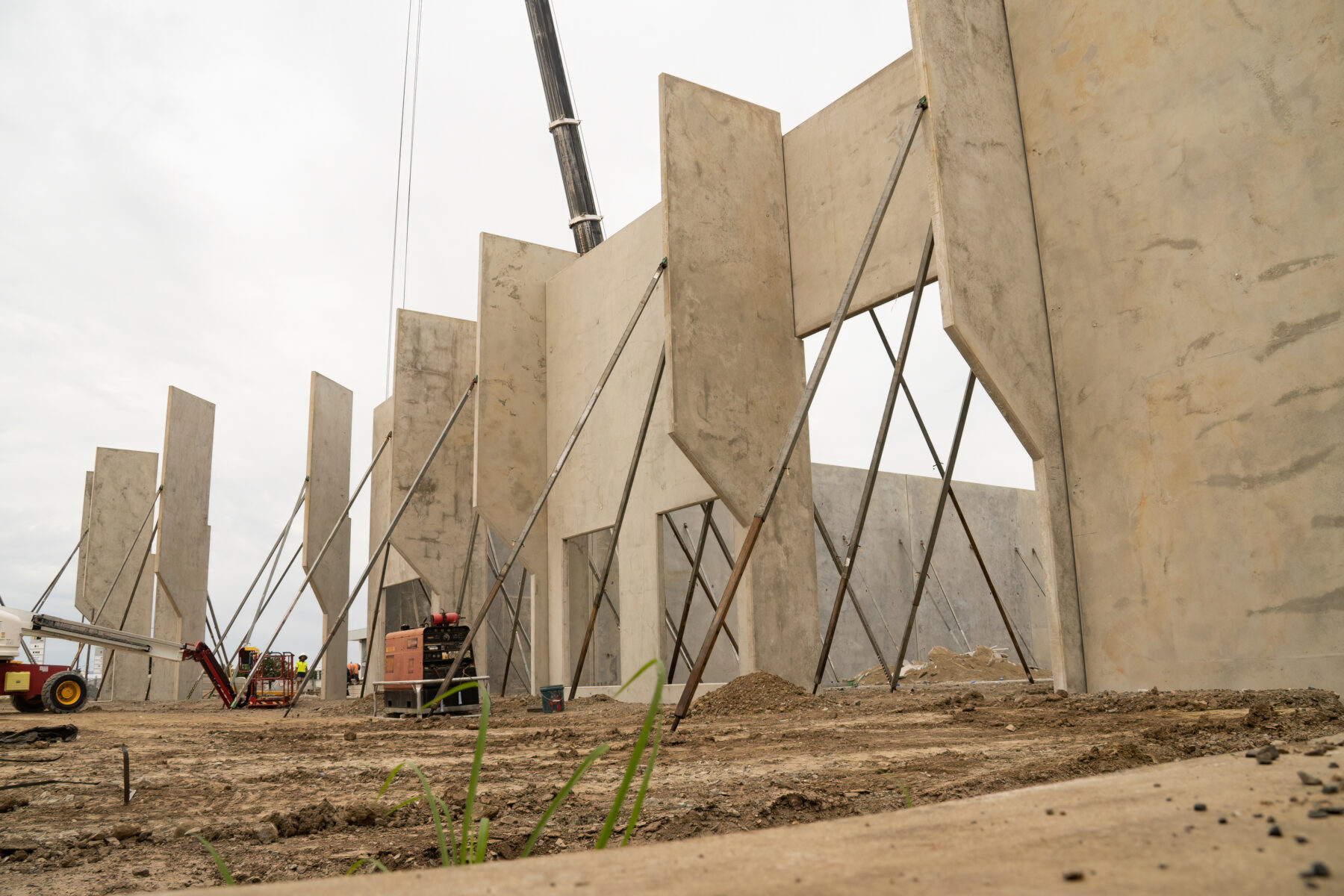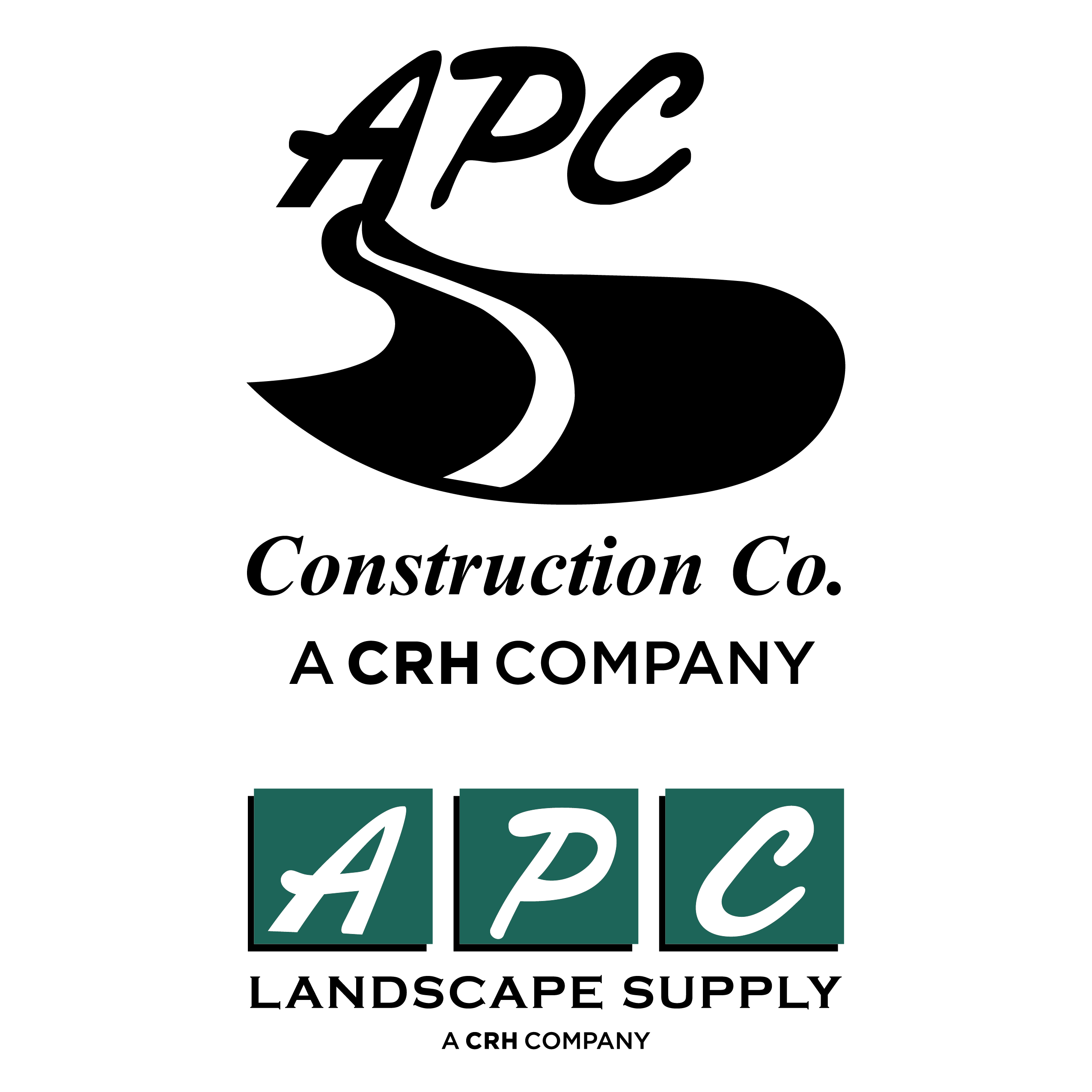Reinforcing Commercial Structures with Fiber-Enhanced Concrete Mixes
July 2, 2025
Commercial construction subjects concrete to relentless demands. Heavy loads, temperature swings, and decades of constant use will break down materials that aren’t built to handle the pressure. Traditional reinforcement like rebar and wire mesh adds strength at specific points, but fiber-enhanced concrete works differently. It distributes reinforcement throughout the entire mix. These advanced concrete mixes embed steel, glass, synthetic, or natural fibers directly into the pour. The result is continuous internal strength that prevents cracks before they start and maintains structural integrity under stress.
This reflects a response to real-world demands for materials that offer greater durability, sustainability, and reduced long-term costs without compromising surface finish or ease of placement. Reinforcement now occurs at the molecular level.
Why Fiber Reinforcement Is Gaining Traction
Commercial sites do not operate in controlled environments. They face traffic, temperature swings, mechanical loads, and deadlines that leave little room for compromise. Fiber-reinforced concrete responds to that pressure with internal strength distribution that traditional rebar or welded wire mesh alone cannot provide.
Fibers, including steel, glass, synthetics, and even natural strands, are no longer simple additives, they’re directly embedded with specific intent. Mixed directly into the pour, both micro and macrofibers create a full-body reinforcement that outperforms spot treatments. Strength is no longer isolated to intersections. It is now continuous, woven into the matrix from the first set, delivering early-stage crack resistance, impact durability, and structural resilience.
How Fiber Integration Changes Performance
While fiber-enhanced mixes prevent the growth of cracks after they appear, their greatest strength lies in their proactive function. Fibers decrease plastic shrinkage cracks, which generally appear within hours of pouring, by more uniformly dispersing stress. In high-traffic zones, macrofibers can significantly boost resistance to abrasion and impact.
There is also a marked improvement in post-crack performance. Unlike traditional mixes, fiber mixes remain intact under strain, extending the functional life of a structure and reducing the need for patchwork maintenance or replacement.
Application-Specific Advantages
In tilt-up construction, fiber additives help to minimize cracking where thermal shifts and rapid hydration typically cause stress. For large-span industrial flooring, they replace the need for dense rebar grids, delivering structural load support with greater efficiency. Precast panels benefit as well due to increased fiber cohesion, reducing the risk of edge damage or deformation during lifting and placement.
In tunneling and retention work, fiber-reinforced shotcrete produces a more consistent mechanical bond to native material. The mixture consolidates more effectively against soil or rock, often enabling thinner linings without compromising the structural performance.
In high-wear applications like commercial pavements and parking decks, fiber-infused mixes provide critical fatigue resistance. Under repetitive stress, whether from rolling loads or high-volume foot traffic, these surfaces retain dimensional stability and slow the rate of surface degradation.
Mix Design Considerations and Best Practices
Fiber-reinforced mixes vary significantly in quality, with performance dependent on fiber type, aspect ratio, dosage, and the mix proportions designed to accommodate these factors. Contractors and specifiers should engage in early collaboration with suppliers or material engineers in order to fine-tune mixes that balance workability and reinforcement goals.
Integrators should also consider the influence of finishing methods on fiber content. Power trowel and broom finishes necessitate mix designs that prevent fiber migration to the surface. Achieving the intended appearance and performance depends on precise timing, appropriate techniques, and calibrated equipment adjustments.
As commercial construction pushes toward more efficient, high-performance systems, fiber-enhanced concrete is playing a larger role in the materials strategy. It enables more efficient structural designs without compromising integrity. By extending service life and minimizing material redundancy, it also contributes to sustainability objectives. Additionally, it supports accelerated construction timelines and reduces total cost of ownership. Fiber-reinforced concrete offers a strategic means to achieve both strength and performance without resorting to overengineering or accepting subpar results.


